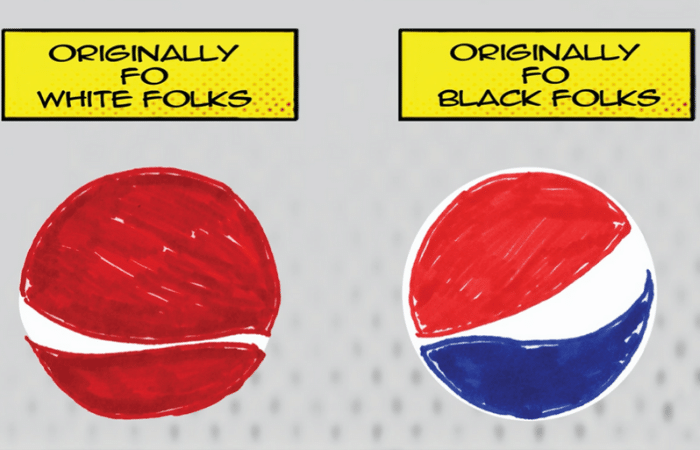The Untold Dance of Pepsi and Coca-Cola

Born in the heat of the Jim Crow era, both Pepsi and Coca-Cola emerged with distinct targets in mind, etching a carbonated legacy that mirrors the complex racial dynamics of their times. (See page 131)
In the 1940s, Pepsi seized an opportunity and set its sights on quenching the thirsts of African American consumers left parched by discrimination and racial divides that marred society, with a bold marketing campaign called “Nickel Nickel” promoting the notion that for the same price as a bottle of Coca-Cola, you can enjoy a larger, more refreshing Pepsi.
Meanwhile, Coca-Cola maintained a more conservative, white-centric approach, seemingly oblivious to the winds of change blowing through the civil rights movement, “The Real Thing” a catchy slogan that echoed through commercials, always carried with it a ever-lingering question: Was it the real thing for all Americans?
As the civil rights movement gained momentum in 1964, Pepsi hired Edward F. Boyd, a young African-American executive, as vice president. A groundbreaking move that further endeared the brand to a diverse audience. Both colas would ultimately make moves to confront any divide or racial blind spots.
The “I’d Like to Buy the World a Coke” campaign of 1971 marked Coca-Cola’s pivot towards unity, emphasizing harmony and diversity and a bold waltz away from the racial divides of the past, and embracing a future where soda is not just a drink, but a symbol of shared humanity. Today, as the pop wars continue, we sip not just on taste- not race.
Tags: Soft Drinks, Racial Segregation, Beverage History, Marketing Strategies, Civil Rights Movement